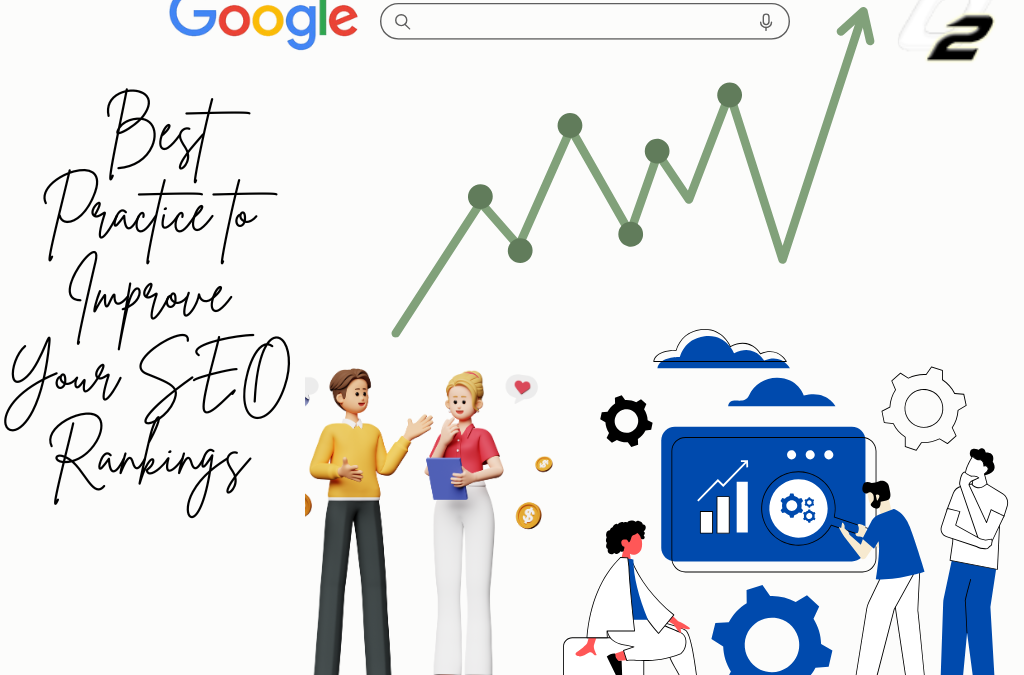
by Shashikanth Heerekar | May 12, 2025 | SEO News, Technology
10 Powerful Ways to Improve SEO Rankings and Drive More Conversions is your ultimate guide to results-focused strategies. Learn actionable methods to attract targeted traffic, increase authority, and convert visitors into loyal customers.
Why is there a need for SEO practices to improve ranking?
Want to get your website seen by more people and turn those visitors into customers? Then this is the ultimate guide for you. “10 Powerful Ways to Improve SEO Rankings and Drive More Conversions” gives you simple steps to do just that.
Let’s assume your shop is on the busiest street in the market, so more people will walk in and buy what you’re selling.
In the same way, Google (search engines) is also a type of market where many sellers (websites) sell their services or products. This search engine, like Google, will bring the right people your way.

These aren’t complicated tricks, but solid ways to make your website stand out. For example, if you sell handmade jewelry, we’ll talk about using the right words so people searching for “unique silver earrings” “latest necklace” “best earings to gift your loved ones“ this kind of keywords are often used according to the search intent of the users, so making sure using right keywords in the artcile can influence your google ranking.
By following the ten powerful methods below, you’ll not only see your website climb higher in search results but also attract visitors who are interested in what you have.
As a full-time content writer, I followed these rules, which have improved my ranking in Google top searches with full-proof images too.
This means more clicks, more engagement, and ultimately, more sales. It’s all about getting the right traffic and turning those visitors into happy, paying customers.
10 Powerful Ways to Improve SEO Rankings and Drive More Conversions
1. High-Quality, Comprehensive Content
According to my view, Great content is the backbone of any blog post to rank on search engine. Your content must be detailed, easy to understand, and better than what’s already ranking.
Make sure your article is not AI generated, it should be fully human written article and mostly try to add your own experiences or your knowledge while writting an article.
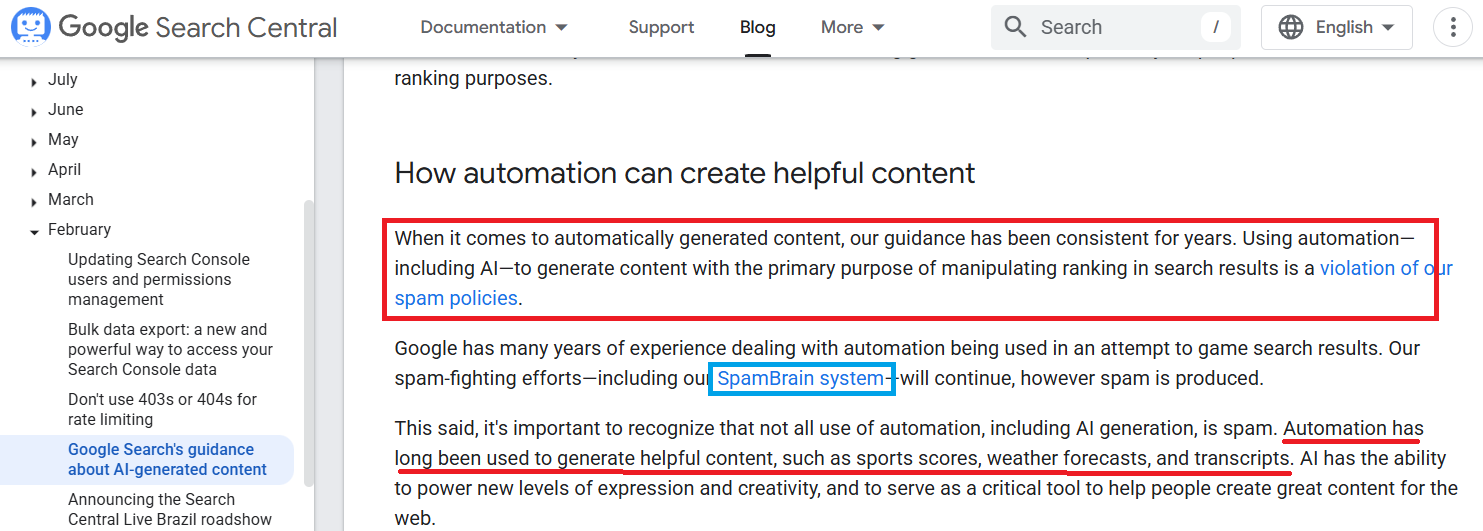
It has a greater impact on searches. Also, I recommend that you revise or update your content every 6 months, providing users with the latest information in your blog posts.
It also indirectly retains your old users to your blog post.
Answer all potential questions users may have about a topic in one place. For example, if you’re writing about “SEO best practices for content,“ include keyword tips, examples, and tools.
Google rewards pages that provide value and depth. Quality content helps build authority and trust, which are key parts of SEO success.

Note : seo services keywords is ranking because of good keyword and good content.
2. Prioritise User Intent
To improve your SEO rankings, you must understand what users are really looking for. User intent refers to the goal a person has when typing a query in Google.
For example, someone searching “best laptop for students“ here his intent to gain knowledge and he is looking for laptop which are sutiable for students. In this blog the user is looking for simple blog but not interested in the “evolution of laptop“.

Align your content with what people actually want. Use tools like Google Search, AnswerThePublic, and forums to learn what users expect.
Use or include those keywords that are actually the intent of the users. For example, if the user is having a commercial intent, then their query will be “best laptop under $500.” The searches will be different. Below is the image showing the same.
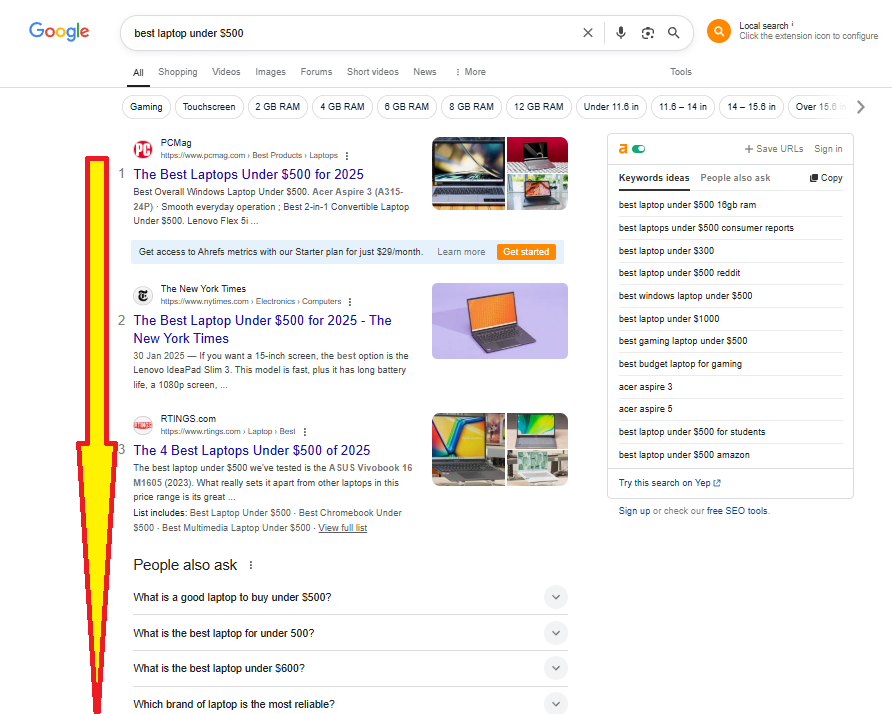
3. Embrace AI and Automation
In the above phrase i have mentioned not to write AI generated article, which i seriously support but here my context is different, copy pasting exaclty what AI has generated is totally wrong, which leads to spam and also plagarsim.
Here what iam trying to expalin you that the below mention tools are here to assist you in providing latest information in any feild. This automation tools will also provide you information from any external source, by adding the same infromaition in the your article leads to spam and plagarsim, which search engines does not support.
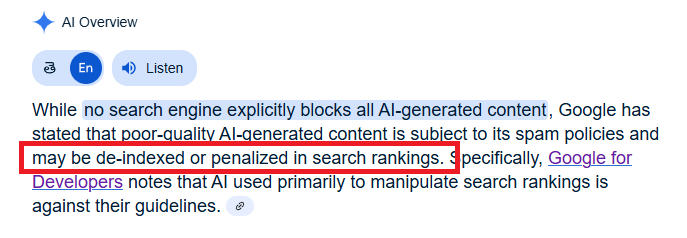
AI tools like ChatGPT, Jasper, Gemini, SurferSEO etc can help you improve your content quality, helping in adding relevant keywords ideas, providing latest update regarding the topic which you are interested to write, it also helps to provide latest stacts which can be beneficial.
I mostly use chatgpt, gemini for knowing latest information according to my topic and later i will delivery article in my own context.
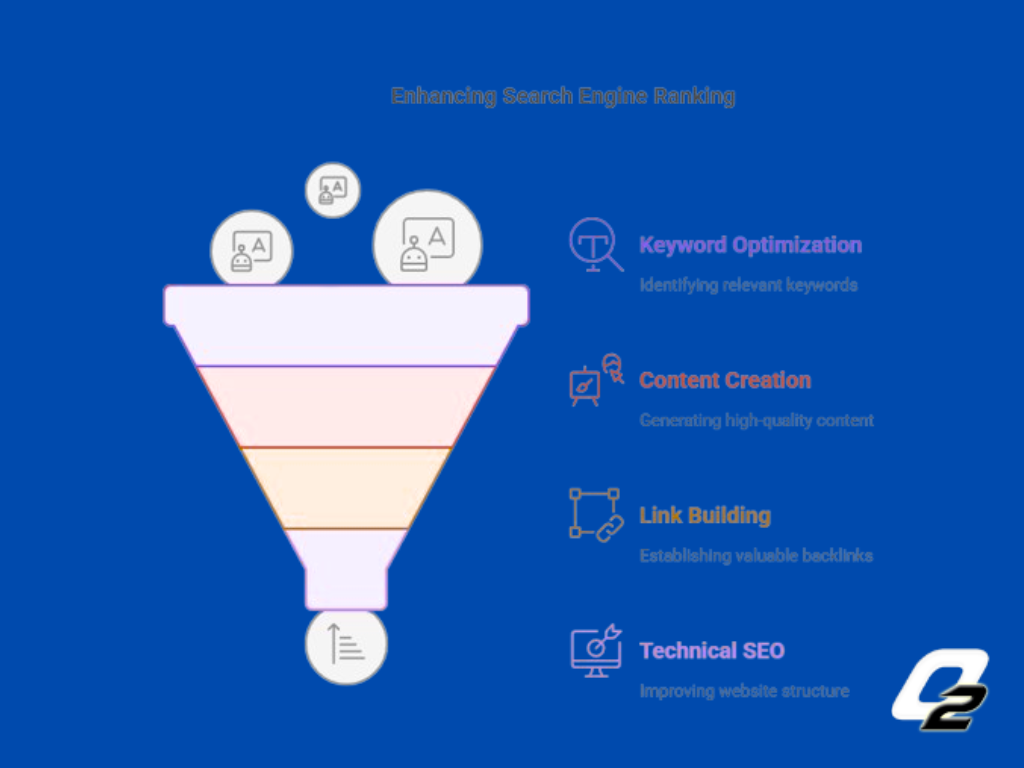
4. Focus on E-E-A-T
E-E-A-T stands for Experience, Expertise, Authoritativeness, and Trustworthiness. These are key principles Google uses to assess your site’s quality.
If you’re writing health content, readers want to know you’re qualified. Add author bios, cite credible sources, and update content regularly. This helps meet Google SEO best practices. For example, a financial blog with advice written by certified professionals will rank better than anonymous sources.

E-E-A-T strongly emphasizes content created by individuals with significant real-world experience in a specific field.
For instance, in the medical field, a blog written by someone with direct medical experience and expertise will naturally possess authority on the subject. Because the content is relevant and backed by genuine experience, search engines are more likely to recognize its trustworthiness and value it accordingly.
If you are interested in learn more about EEAT, visit this link – EEAT
5. Optimize for Mobile-First Indexing
Imagine you’re a movie director. Now you have two versions of the set: a grand, elaborate stage designed for a wide movie screen, and a smaller, more streamlined set built for a smartphone screen.
Nowadays, most of your audience is watching the movie on their phones, so you decide to emphasize the first smartphone set. You’ll make sure that the set looks fantastic, is easy to navigate, and has all the important elements visible on the smaller screen.

Even if your big stage set is amazing, if the smartphone set is disorganized or missing key features, your audience watching on their phones will have a poor experience or may not be interested in staying due to technical issues. And since most people are watching on phones, that matters most.
Optimization Tips in this new analogy:
- Responsive Design: Try maintaining a layout, size, and design that fits the big and small screens without losing key details.
- Speed Loading: If it takes too long for the scene to appear on their phone, they might get impatient and stop watching. Optimizing images and pages that load quickly on mobile can be clicked.

6. Improve User Experience (UX)
User experience impacts SEO rankings. A clean design, fast loading time, easy navigation, and clear CTAs (calls to action) encourage visitors to stay longer.
Let’s assume, if you are visiting online cloth website and it is taking much time to open and and the images which of clothes are not very clear and does not have “add to cart “button or “shop now“ or “Buy now “option then the user won’t stay on that webstie, he will switch to other store (website) soon.
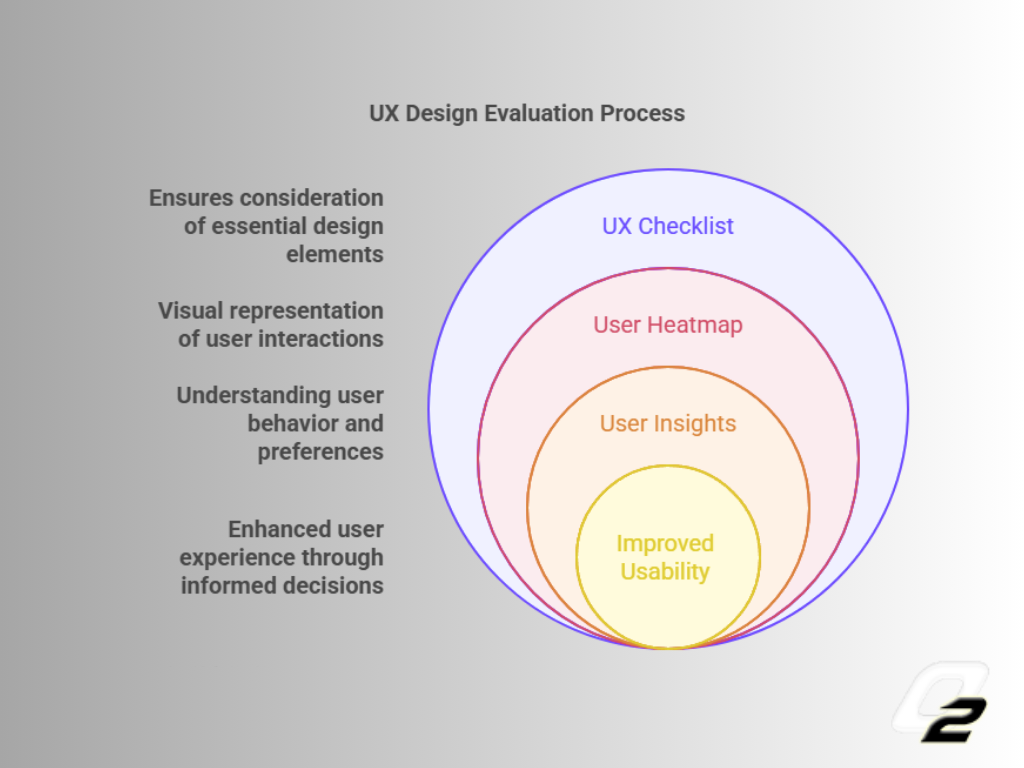
So, it is very important to maintain a website in a proper manner and provide users a good experience and Google notices.
Use tools like Core Web Vitals and GTmetrix to analyze UX metrics. A better experience leads to lower bounce rates, higher engagement, and better rankings—hallmarks of best website SEO.
7. Build Authoritative Backlinks
Okay, let’s talk about “Backlinks and Link Building“ and why they’re a big deal for how high your website appears in Google search results. Think of it like this:
Imagine different websites are like people, and a backlink is like someone recommending another person.
Why are backlinks so important for Search Engine Ranking?
Think of it as Google trying to figure out which websites are the most popular and trustworthy sources of information on a particular topic. If many other credible websites are linking to yours, it’s like many people are saying, “This website knows what it’s talking about!” ‘
This tells Google that your website is likely a good resource and deserves to rank higher in the search results.That’s why understanding and applying the right link building tips is crucial—because it’s not just about getting links, but getting the right kind of links from trusted sources.
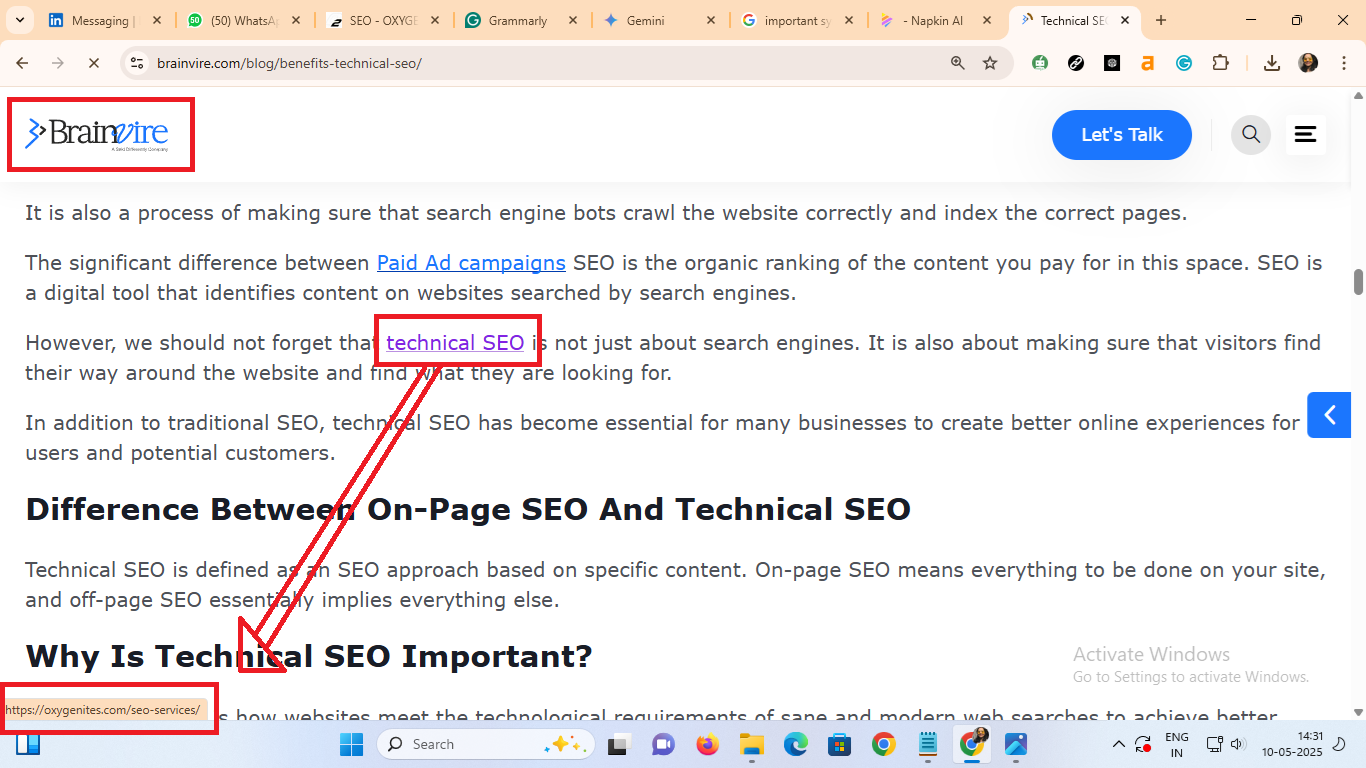
NOTE: Getting backlinks from high-quality and relevant websites is like getting strong recommendations. Strong recommandation will have good impact on search engines. For businesses aiming to improve their backlink profile, link building services can provide the expertise needed to secure these valuable endorsements.
8. Simplify Your URLS for Better SEO
A well-structured website facilitates better crawling and indexing by search engines. Let’s explain technical SEO and site architecture using a completely different image.
Imagine Google is like a delivery company trying to pick up and deliver packages (your web pages) to people all over the world.
Simple Example:
Think of a big news website. They publish many articles every day. If their website has a clear URL structure (like www.xyznews.com/sports/football/todays-match) and an updated sitemap that tells Google about each new article, it’s much easier for Google to find and index all their stories quickly so people can see them in search results.

In short, Technical SEO and site Architecture are very important for any website to provide users a proper guide to visit which category or the user is looking for, which subject he is interested in.

9. Optimize for Voice and Visual Search
Voice search optimization is now a days trending, most of the website have enable this feature in their website like voice search optimization and voice assistants.
Voice search offers hands-free convenience, especially while driving or cooking. It provides quick answers and streamlines information retrieval, making multitasking easier.
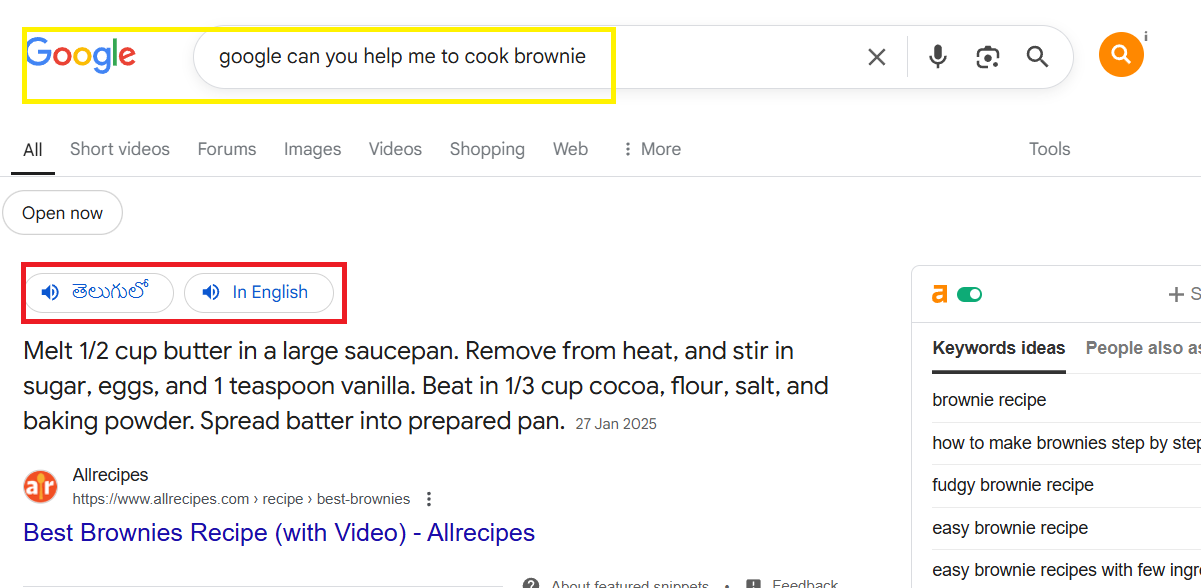
Many updated Divi theme provide this features, you can enable them.
Setting up voice search on your site is usually quick and requires just a few simple adjustments, and then it’s ready for voice commands!
10. Stay Agile with Algorithm Updates
Google updates its algorithms very often, affecting how sites rank. It’s very important to stay updated with google core updates, because following this google algorithm we can stay on top google searches.
It’s vital to stay current by following industry blogs like Search Engine Journal or Moz. If your rankings drop, check tools like Google Search Console to identify issues. Implementing best practices for SEO means being adaptable. Focus on content quality, user experience, and site health to stay ahead. Don’t chase every change—stick to long-term good SEO strategies that align with Google’s core values.
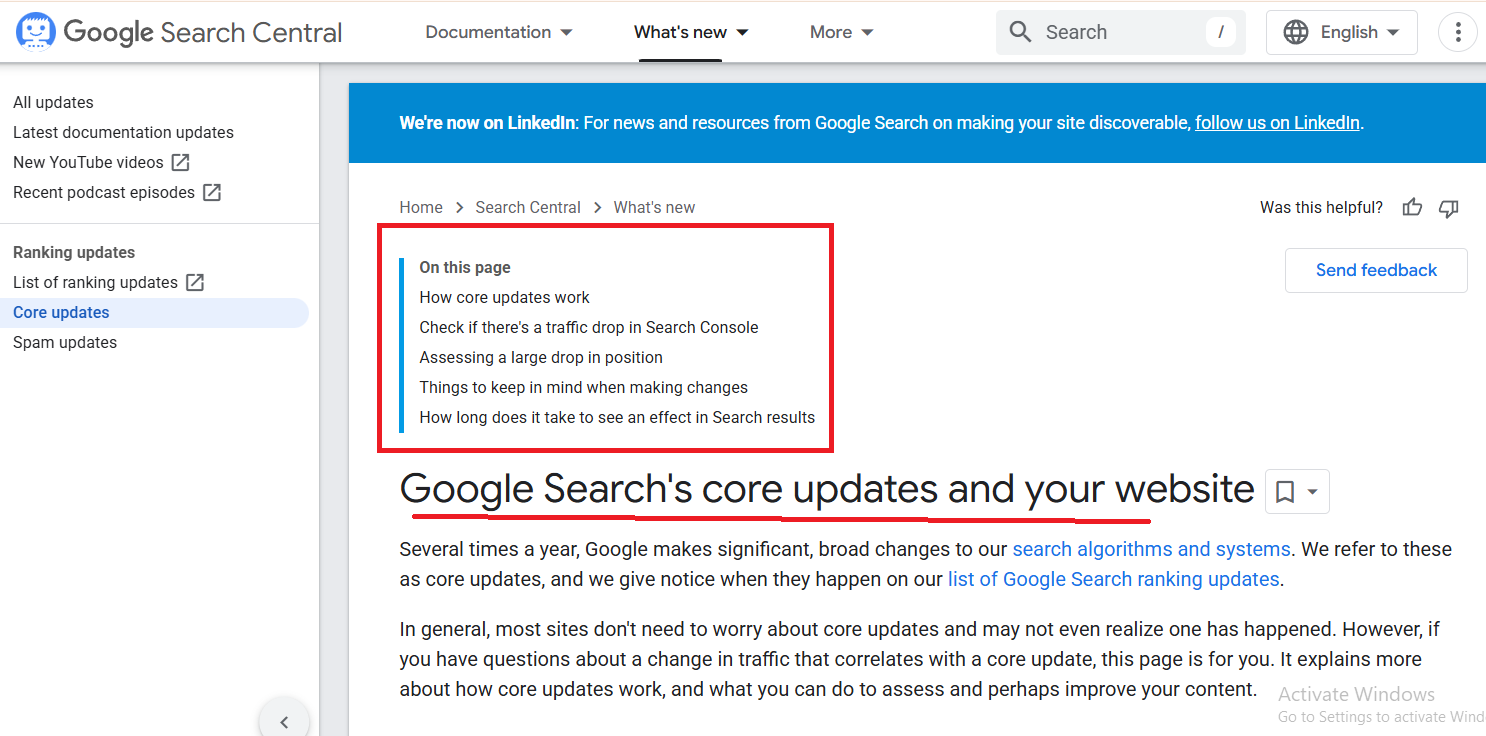
✅ Conclusion
Scaling your SEO rankings needs continously effort and smart ideas. By following above 10 best practices—like focusing on user intent, improving content quality, and staying updated and many more as mentioned above—you’ll not only boost your visibility but also attract the right audience. This is my personal experience which i have tired in my blog writtings. Remember, SEO isn’t just about ranking at once but also staying on that position in long term.

by Shashikanth Heerekar | Jan 25, 2025 | SEO News, Technology
Take your social media to the next level! Discover actionable optimization techniques to amplify your reach, engagement, and conversions and unlock sustainable growth for your brand.
Introduction
Social media has become an essential part of our daily lives, influencing everything from personal interactions to business strategies. As of 2024, social media platforms like Facebook, Instagram, LinkedIn, Twitter, and TikTok have billions of active users, making them invaluable tools for businesses aiming to engage with potential customers and strengthen their brands. In this digital age, Social Media Optimization (SMO) has become a key practice within digital marketing strategies, helping businesses increase their visibility, enhance engagement, and drive traffic to their websites.
Businesses are increasingly turning to social media marketing to grow their presence and build connections with their audience. By optimizing social media content, promoting products and services effectively, and leveraging the best social media platforms for business, they can achieve measurable growth and success.
In this article, we’ll explore the role of SMO in digital marketing, its importance, and the best social media marketing tools and strategies businesses can use to optimize their online presence.
What is Social Media Optimization (SMO)?
Social Media Optimization (SMO) is the practice of optimizing social media profiles and content to maximize visibility, engagement, and reach. SMO involves a combination of strategies, including optimizing profiles, creating engaging content, interacting with followers, and analyzing results to refine approaches. SMO also entails leveraging paid advertising on social media platforms to drive traffic and conversions. A well-executed SMO strategy helps brands build relationships with their audiences, increase brand awareness, and drive leads and sales.
In today’s digital-first world, businesses that overlook the importance of SMOs are missing out on significant opportunities to connect with customers, engage with prospects, and build a loyal following. Social media for business has become an indispensable channel for marketers, and optimizing these platforms is no longer optional—it’s essential.
The Importance of Social Media Optimization in Digital Marketing
The importance of SMOs in digital marketing cannot be overstated. Social media platforms have billions of active users, making them an essential part of any marketing strategy. When properly executed, SMO can lead to increased visibility, more engaged followers, and higher conversions. Below are a few reasons why SMO is crucial in digital and social media marketing:
Increased Brand Visibility
Social media optimization helps increase your brand’s visibility by ensuring that your content reaches the right audience at the right time. By optimizing your social media profiles and content with relevant keywords, hashtags, and compelling visuals, you make it easier for potential customers to discover your brand.
Over 4.7 billion people worldwide are active social media users as of 2024, and this number continues to grow year-on-year, showcasing the ever-expanding potential for brand visibility on these platforms. (Source: Statista)
Enhanced Engagement
Engagement is a crucial element of social media marketing success. SMO encourages active interaction with followers through comments, likes, shares, and direct messages. When done correctly, it creates a sense of community around your brand, fostering long-term relationships with your audience and increasing customer loyalty.
Social media engagement rates are at an all-time high, with Instagram seeing an engagement rate of around 1.22% per post, while Facebook’s engagement rate averages 0.09%. These numbers demonstrate the importance of engaging content. (Source: Sprout Social)
Improved SEO Rankings
While social media SEO signals (likes, shares, comments) do not directly affect Google’s ranking algorithms, the increased traffic and engagement from social media marketing can indirectly boost your website’s SEO. High levels of engagement and sharing of your social media content help drive organic traffic to your website, which, in turn, may improve search engine rankings.
93% of social media marketers claim that social media has increased their business exposure, which subsequently leads to better SEO performance. (Source: Social Media Examiner)
Targeted Traffic and Conversions
Paid social media advertising, an integral part of SMO, allows businesses to target highly specific demographics, ensuring that ads are shown to individuals who are more likely to convert into customers. With optimized targeting, social media platforms such as Facebook, Instagram, and LinkedIn can help drive qualified traffic to your website or landing pages.
According to HubSpot, 73% of marketers say that their most successful advertising campaigns have been on social media platforms for business, showing how paid advertising significantly increases targeted traffic and conversions.
Cost-Effective Marketing
Compared to traditional advertising channels, social media marketing is much more cost-effective. Creating and sharing organic content is free, while paid social media ads are relatively inexpensive and offer a high return on investment (ROI). With the right strategies, SMOs can help businesses reach their goals without breaking the bank.
The cost per click (CPC) for Facebook Ads is approximately $0.97 on average, making it an affordable option for businesses looking to reach a large audience while maintaining budget efficiency. (Source: WordStream)
Key Strategies for Social Media Optimization
There is no one-size-fits-all approach to Social Media Optimization. Strategies that work for one business might not work for another. However, there are some universal strategies that can significantly improve your social media marketing performance.
Profile Optimization
Profile optimization is the first step in the SMO process. A well-optimized social media profile ensures that potential followers and customers can easily find and understand your brand. Here are some key tips for profile optimization:
- Profile Picture: Use a high-quality image or logo that represents your brand clearly. Your profile image is the first thing users will see, so make it memorable.
- Cover Photo: Your cover photo should complement your profile picture and reflect your brand identity. It’s an opportunity to showcase your products, services, or current campaigns.
- Bio: Craft a concise yet informative bio that communicates your brand’s value proposition. Include relevant keywords to increase your profile’s discoverability.
- Links: Include links to your website, landing pages, or other relevant pages. These links help drive traffic to your website directly from your social media profiles.
- Consistency Across Platforms: Ensure that your brand’s tone, messaging, and visuals are consistent across all social media platforms for business. This builds brand recognition and trust.
Content Creation and Curation
Content is the core of social media marketing. To optimize your content, you need to ensure it’s tailored to each platform, resonates with your audience, and provides value. Below are some strategies to optimize your social media content for business:
- Tailor Content to the Platform: Different social media platforms for marketing have different audiences and content formats. For example, Instagram is highly visual, while Twitter relies on short, concise text. Tailor your content to match the platform’s style and audience preferences.
- Use High-Quality Visuals: Posts with high-quality images or videos generate more engagement than text-only posts. Use compelling visuals to grab attention and make your posts stand out in crowded feeds.
- Incorporate Storytelling: Social media users are drawn to stories. Incorporate storytelling into your posts to make them more relatable and engaging.
- Post Variety: To keep your audience engaged, share a variety of content types, including promotional posts, behind-the-scenes content, educational material, user-generated content, and more.
- User-Generated Content (UGC): Encourage your fans to share their interactions with your brand. User-generated content acts as social proof and helps build trust with potential customers.
Hashtag Strategy
Hashtags are an effective strategy for expanding your content’s reach and discoverability. By incorporating relevant and trending hashtags, you make your posts visible to a broader audience, even those who may not follow you. Hashtags allow your content to be discovered by individuals interested in similar topics, thus amplifying engagement. Using the right mix of general, industry-specific, and trending hashtags is key to ensuring your content reaches the right people.
Research Relevant Hashtags
To maximize the effectiveness of your hashtag strategy, research is essential. Look for industry-specific hashtags and trending ones that align with your business goals. This helps ensure your content reaches an audience interested in what you offer. Researching hashtags can also give you insights into competitor strategies, enabling you to spot potential gaps and opportunities for your own content.
When you use the most relevant hashtags, your posts are more likely to be seen by individuals who share similar interests or needs. Platforms like Instagram and Twitter allow you to track hashtag performance, which can guide your future posts. By continuously monitoring hashtag trends, you can keep your content fresh and relevant to your target audience.
Create Branded Hashtags
Creating branded hashtags can significantly increase your content’s visibility and engagement. A unique, campaign-specific hashtag allows users to easily identify and interact with your brand. Encourage your followers to use these branded hashtags when sharing their own experiences or posts about your products. This helps in building a sense of community and generates user-generated content that serves as social proof.
Branded hashtags also enhance the discoverability of your campaigns, making it easier for people to find related content. By promoting the use of your hashtag across all platforms, you increase its reach and the chance of it going viral. Over time, this can strengthen your brand identity and foster customer loyalty.
Don’t Over-use Hashtags
While hashtags can improve reach, using too many can have the opposite effect, making your posts look cluttered and spammy. Stick to a reasonable number of hashtags—typically between 3 to 10, depending on the platform. Overuse can detract from the quality of your content and even reduce engagement. Instead, focus on using well-thought-out hashtags that are specific, relevant, and tailored to your target audience.
Remember, it’s not about quantity; it’s about finding the right balance that enhances your post’s visibility without overwhelming your audience. Using too many hashtags can also negatively impact the readability of your posts, which may discourage potential followers from engaging. Keep your hashtags meaningful and aligned with your content for the best results.
Audience Engagement
Audience engagement is essential for creating a loyal community around your brand. Social media thrives on two-way communication, where interactions foster stronger connections. Engaging with your audience not only boosts trust but also improves your brand’s presence and visibility. By applying best practices for social media marketing, you ensure that you are building meaningful relationships with your audience.
Active engagement can increase social media traffic and engagement, which is crucial in marketing through social media. Additionally, boosting your social media interactions creates long-lasting relationships and strengthens your social media presence for business.
Respond to Comments and Messages
Engaging with your followers is crucial, and responding to comments and direct messages promptly shows that you value their input. A timely response helps build trust and encourages more interaction. It also humanizes your brand, making followers feel heard and valued. Positive engagement can increase customer loyalty and enhance overall satisfaction.
By being approachable and responsive, you create a more meaningful relationship with your audience, further driving your social media marketing strategy. This ongoing engagement enhances your social media content marketing and helps promote your business on social media.
Run Polls and Surveys
Polls and surveys are excellent tools to drive engagement and gather valuable insights. They allow you to directly interact with your audience and understand their preferences. Using polls and surveys helps personalize your content to meet their needs, which is essential for social content strategy.
These interactive elements encourage participation, increasing engagement and creating a sense of involvement. In turn, they help you create content and products that better serve your audience’s desires. Polls and surveys allow you to better target your social media marketing platforms for business, ensuring your efforts are optimized.
Content Scheduling and Timing
Timing plays a critical role in the success of your social media posting strategy. Posting when your audience is most active increases the chances of engagement and interaction. You can use social media marketing tools to track when your audience is online and schedule posts accordingly. Posting at the right time ensures that your content doesn’t get buried in crowded feeds. Consistency in your posting schedule is also key to maintaining your brand’s visibility.
By posting regularly, you remind your followers of your presence, helping to stay top of mind. However, it’s important not to over-post or under-post, as both can reduce your reach. Best social media strategies include finding that sweet spot for frequency and timing to maximize your social media promotion strategy.
Paid Advertising
Paid social media marketing tools are an essential element of an effective SMO strategy. Platforms like Facebook, Instagram, LinkedIn, and Twitter provide advanced targeting options that allow businesses to reach specific demographics with precision. Paid ads not only increase the reach of your organic posts but also drive more traffic to your website and boost conversions. With the right strategy, paid advertising can deliver a strong return on investment, helping businesses expand their visibility and reach faster. Paid ads are central to social media promotion and can be incorporated into your social media marketing plans to enhance your digital marketing efforts.
Target the Right Audience
Social media platforms offer robust targeting tools, enabling businesses to reach their ideal customers based on demographics, interests, and behaviours. By narrowing down your audience, you can ensure that your ads are displayed to users who are more likely to engage and convert. You can further refine your targeting with features like lookalike audiences, which allow you to reach new users similar to your existing customer base.
Tailoring your ads to specific groups increases the chances of achieving high conversion rates and optimizing your advertising budget. Marketing your business on social media becomes more efficient with precise targeting, ensuring you attract the right potential customers.
Retargeting Ads
Retargeting ads are a powerful tool for re-engaging users who have previously interacted with your brand. These ads display personalized content to users who have visited your website or interacted with your social media pages but haven’t yet converted. Retargeting is highly effective in nurturing leads by keeping your brand at the top of your mind and encouraging potential customers to return and complete a purchase.
Retargeting ads are a great addition to SEO and social media marketing, driving traffic while improving conversion rates. By showing relevant ads based on their previous interactions, you increase the likelihood of conversion and keep your social media marketing campaigns on target.
Track and Analyze Performance
Monitoring and analyzing your social media performance is crucial to optimizing your SMO strategy. By using built-in analytics tools from platforms like Facebook, Instagram, and Twitter, you can track key metrics like engagement rates, reach, impressions, and click-through rates. This data provides valuable insights into what content resonates most with your audience and helps refine your digital marketing and social media marketing approach.
Regularly reviewing your performance allows for continuous improvement, and adjustments based on these insights can significantly enhance your social media marketing plan and maximize ROI. Incorporating the best social media marketing tools ensures that you’re making the most out of your digital campaigns.
Conclusion
Social Media Optimization is a powerful tool that helps businesses amplify their online presence, engage with customers, and drive business growth. By optimizing profiles, creating high-quality content, using effective hashtags, engaging with followers, and leveraging paid advertising, businesses can significantly improve their social media marketing performance. With careful planning, consistent execution, and data-driven analysis, SMOs can help businesses achieve long-term success in the highly competitive digital marketing landscape.
Whether you’re creating social media content packages or seeking out social media marketing companies near you, remember that strategic social media promotion is key to your success.
FAQs:
-
What is Social Media Optimization (SMO)?
Social Media Optimization (SMO) refers to the process of optimizing your social media profiles and content to increase visibility, engagement, and reach. SMO involves various strategies such as profile optimization, content creation, audience engagement, using relevant hashtags, and analyzing results to refine future approaches. It also includes leveraging paid advertising to drive traffic and conversions, ultimately helping businesses grow their brand and connect with their target audience.
-
How can Social Media Optimization improve my business’s visibility?
SMO enhances visibility by optimizing your content with the right keywords, hashtags, and compelling visuals, ensuring it reaches the right audience. By consistently engaging with followers and creating high-quality, shareable content, your brand can appear in front of a broader audience. With more than 4.7 billion active social media users, SMO strategies ensure your business stands out, making it easier for potential customers to discover your brand.
-
What are the best practices for engaging with my audience on social media?
Effective audience engagement includes responding promptly to comments and direct messages, running polls and surveys to gather feedback, and maintaining a consistent posting schedule. Engaging with followers through comments, likes, shares and personalized messages help create a sense of community, fosters trust, and improves brand loyalty. Additionally, creating user-generated content and encouraging interaction can boost social media traffic and engagement.
-
How do I measure the success of my Social Media Optimization efforts?
To measure success, you can track key performance metrics such as engagement rates, reach, impressions, click-through rates, and conversion rates using social media analytics tools. Regularly analyzing these metrics helps you understand which content resonates with your audience, identify trends, and refine your SMO strategy for continuous improvement. This data-driven approach maximizes ROI and enhances overall social media marketing performance.
-
Is paid advertising important for Social Media Optimization?
Yes, paid advertising is a critical element of a successful SMO strategy. Platforms like Facebook, Instagram, LinkedIn, and Twitter offer advanced targeting options, allowing businesses to reach specific demographics. Paid ads help boost visibility, drive qualified traffic to your website, and increase conversions. Combined with organic strategies, paid advertising significantly amplifies your social media presence and helps achieve faster, measurable growth.

















